 The President’s Desk,
The President’s Desk,  as reported by Kayleb (8)
as reported by Kayleb (8)
Note from Kayleb:
-
I found the information to be interesting
-
The report was informative and interesting that so many presidents used it. It has such a great history. Kayleb
The President’s desk more commonly known as the Resolute desk has an awesome history.
It began in 1852 with the British Man of War ship H. M. S. Resolute. The ship was sent to look for John Franklin and his men that were lost in the Arctic. The ship had to be abandon when ice got too thick and the men went back to England on another boat. The Resolute was found floating and abandoned in ice near a city called Baffin Island by Captain J. Buddington, of the U.S. Whaler George Henry in September, 1855. When the boat thawed he took it home to Connecticut, at which time the British gave up all claim to it. The American Government bought it for a mere $40,000. Our American government refitted the ship and gave her to Queen Victoria and the British people as a gift. America wanted to show them we were friendly people; as we were known for.
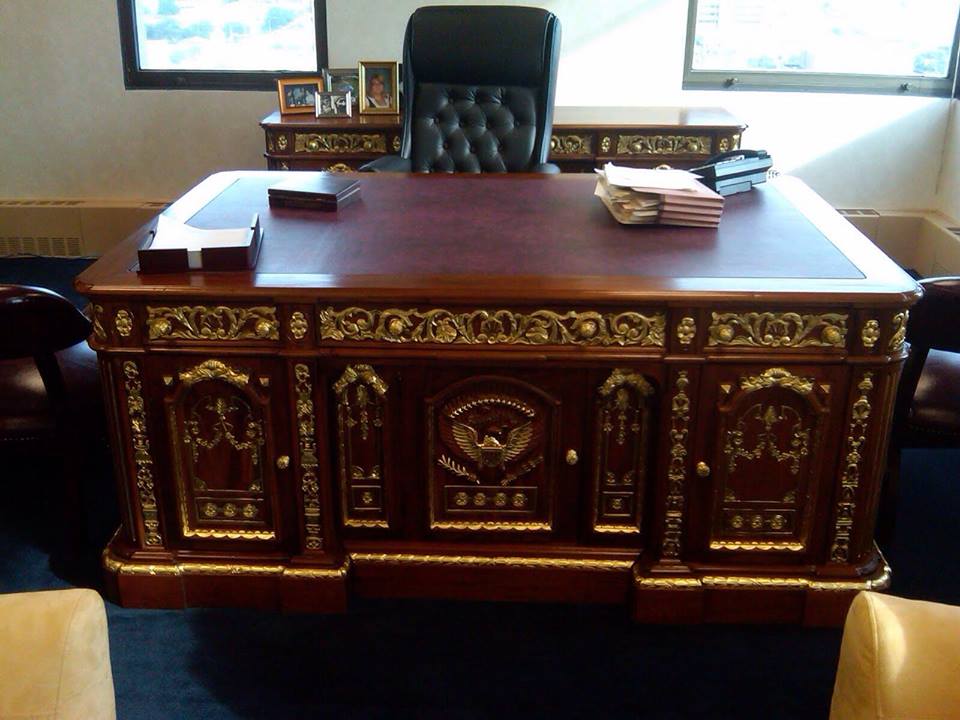 In 1879, Resolute was broken down and a desk was made from the wood which was given by the Queen to President Rutherford Hayes. In 1981, President Ronald Reagan also chose to use this desk in the oval office. President George Bush used it for 5 months in 1989 before having it moved to his residence office. On January 20th, 1993 the Resolute desk was returned to the Oval Office where it remains today and is used by President Obama.
In 1879, Resolute was broken down and a desk was made from the wood which was given by the Queen to President Rutherford Hayes. In 1981, President Ronald Reagan also chose to use this desk in the oval office. President George Bush used it for 5 months in 1989 before having it moved to his residence office. On January 20th, 1993 the Resolute desk was returned to the Oval Office where it remains today and is used by President Obama.
On February, 1965, British Minister Harold Wilson gave the President of the United States Lyndon B. Johnson, the bell from the Resolute. The desk was placed on the second floor of the President’s office from 1880 till 1902, at this time the office was moved to the newly decorated West Wing. The desk however remained in the President’s study. President Franklin D. Roosevelt requested the knee-hole to be fitted with the President’s Coat of Arms, but never lived to see it installed in 1945.
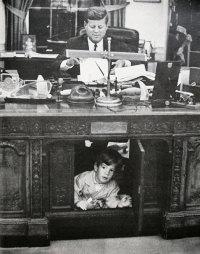 Following the Truman renovation of the White House in 1948-1952, the desk went to the broadcast room where President Dwight Eisenhower used it during the radio and TV broadcasts. It was first used in the Oval Office in 1961 at the request of John F. Kennedy. President Johnson used a different desk for his office and the Resolute was loaned to the Kennedy Library from 1964-1965 and then taken to the Smithsonian Institute for exhibit during 1966 and 67,
Following the Truman renovation of the White House in 1948-1952, the desk went to the broadcast room where President Dwight Eisenhower used it during the radio and TV broadcasts. It was first used in the Oval Office in 1961 at the request of John F. Kennedy. President Johnson used a different desk for his office and the Resolute was loaned to the Kennedy Library from 1964-1965 and then taken to the Smithsonian Institute for exhibit during 1966 and 67,
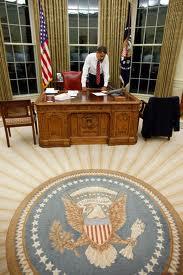 January, 1977, President Jimmy Carter wanted the historic desk returned to the White House to use once again. Apart from short periods, the desk has been in daily use in the White House by almost every President since the Resolute desk was given to America.
January, 1977, President Jimmy Carter wanted the historic desk returned to the White House to use once again. Apart from short periods, the desk has been in daily use in the White House by almost every President since the Resolute desk was given to America.
WTK MYSTERY REVIEWER IS ????
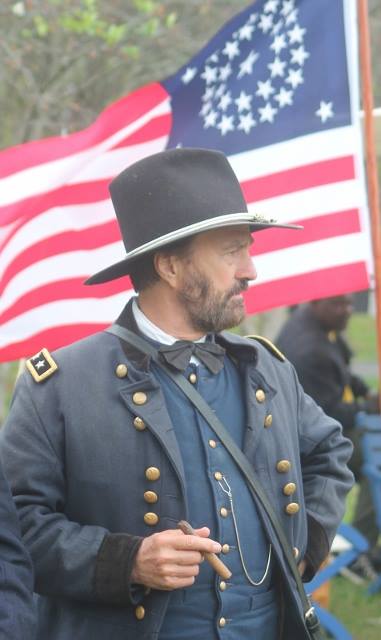 This report is excellent! It makes me regret that the Resolute desk was not available for me to use when I was President! The information is well organized and flows well, so that the reader does not get bored. I am pleased that such work is being done to tell people about the little, but important, things in our past. It will make people want to know more about our history.
This report is excellent! It makes me regret that the Resolute desk was not available for me to use when I was President! The information is well organized and flows well, so that the reader does not get bored. I am pleased that such work is being done to tell people about the little, but important, things in our past. It will make people want to know more about our history.
General, and later, President U. S. Grant
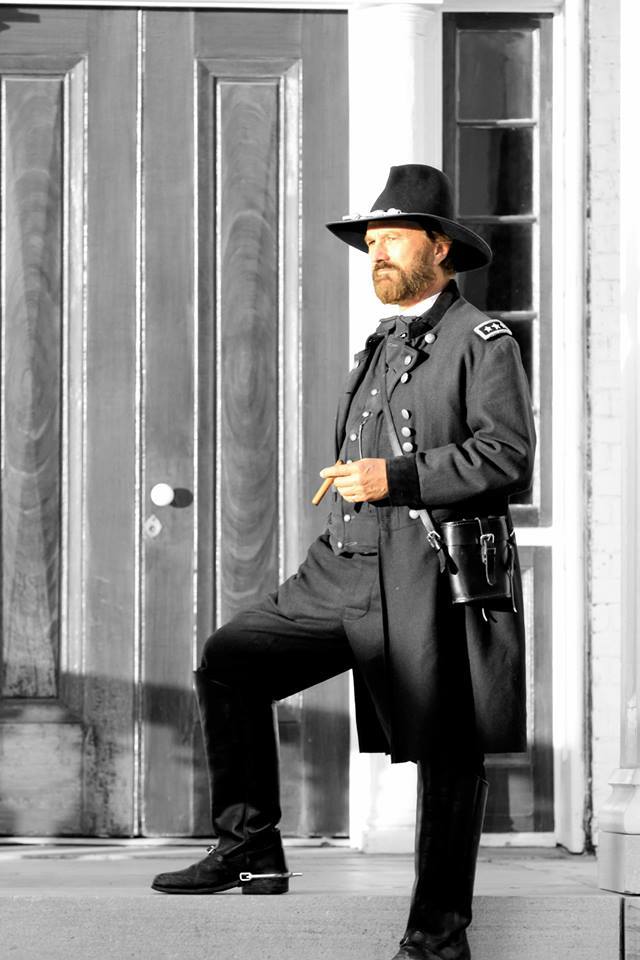
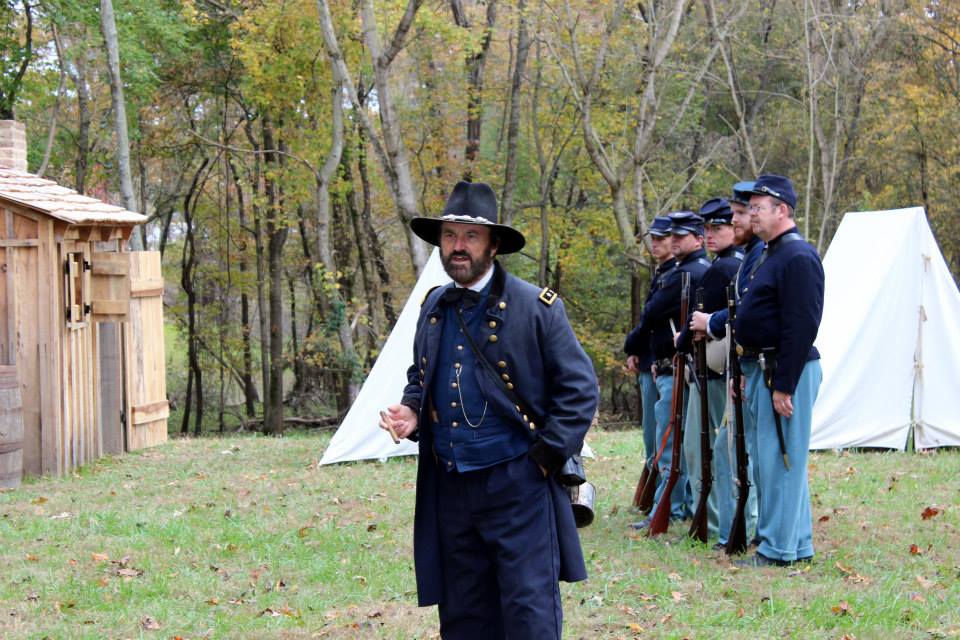
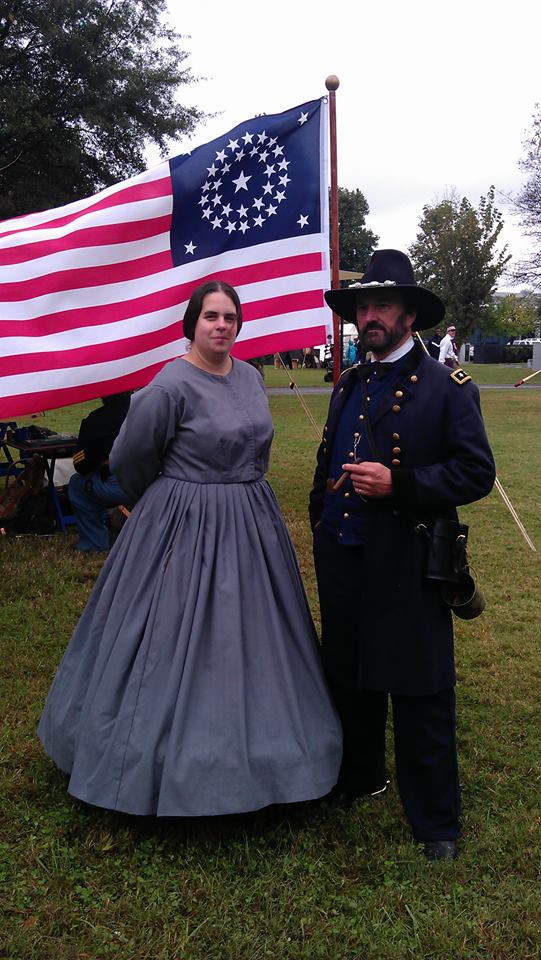
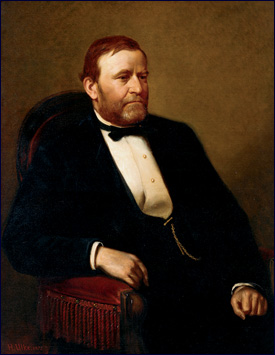 ULYSSES S. GRANT | 1869-1877
ULYSSES S. GRANT | 1869-1877
Late in the administration of Andrew Johnson, General Ulysses S. Grant quarreled with the president and aligned himself with the Radical Republicans. As the symbol of Union victory during the Civil War, the military hero was a logical candidate for president in 1868.
When he was elected, the American people hoped for an end to turmoil. Grant provided neither vigor nor reform. But in office looking to Congress for direction, he seemed bewildered. One visitor to the White House noted “. . . a puzzled pathos, as of a man with a problem before him of which he does not understand the terms.”
Born in 1822, Grant was the son of an Ohio tanner. He went to West Point rather against his will and graduated in the middle of his class. In the Mexican War he fought under General Zachary Taylor.
At the outbreak of the Civil War, Grant was working in his father’s leather store in Galena, Illinois. He was appointed by the governor to command an unruly volunteer regiment. Grant whipped it into shape and by September 1861 he had risen to the rank of brigadier general of volunteers.
He sought to win control of the Mississippi Valley. In February 1862 he took Fort Henry and attacked Fort Donelson. When the Confederate commander asked for terms, Grant replied, “No terms except an unconditional and immediate surrender can be accepted.” The Confederates surrendered, and President Lincoln promoted Grant to major general of volunteers…….
READ MORE AT http://www.whitehousehistory.org/whha_timelines/timelines_presidents-18.html
Re-posted with permission from the White House Historical Association
MORE ABOUT KAYLEB
Kayleb enjoys anything military, playing military roles, video games and swimming. He is in Boy Scouts and has recently taken up playing Taps. He loves to visit old battlefields, museums and Indian historical sites. He recently visited Angel Mounds in Newburgh, IN.
Kayleb is interested in learning more about Civil War reenactment.

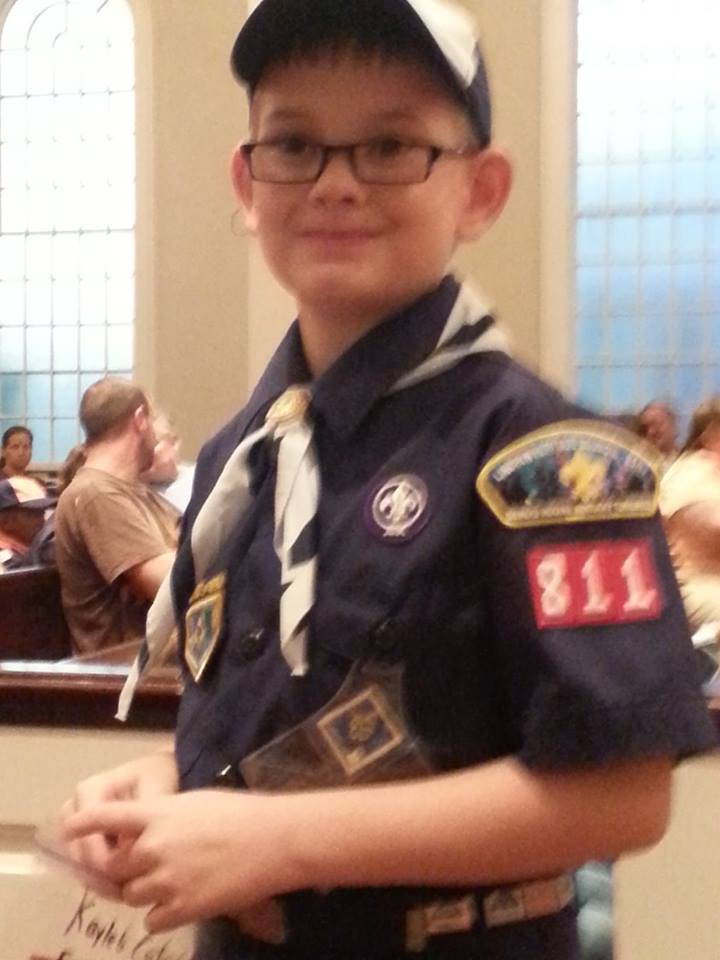
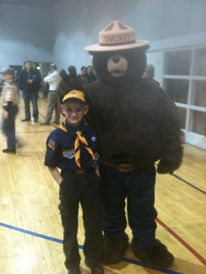

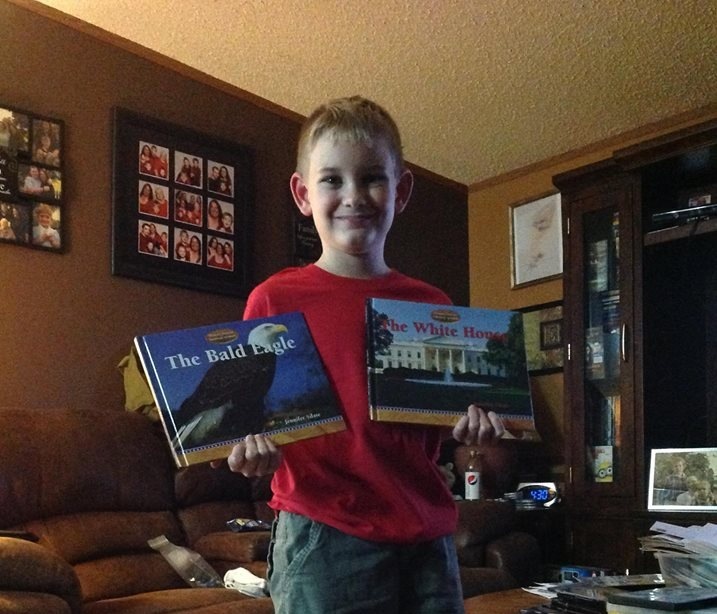

VERY INTERESTING REPORT WTK KAYLEB !! 





















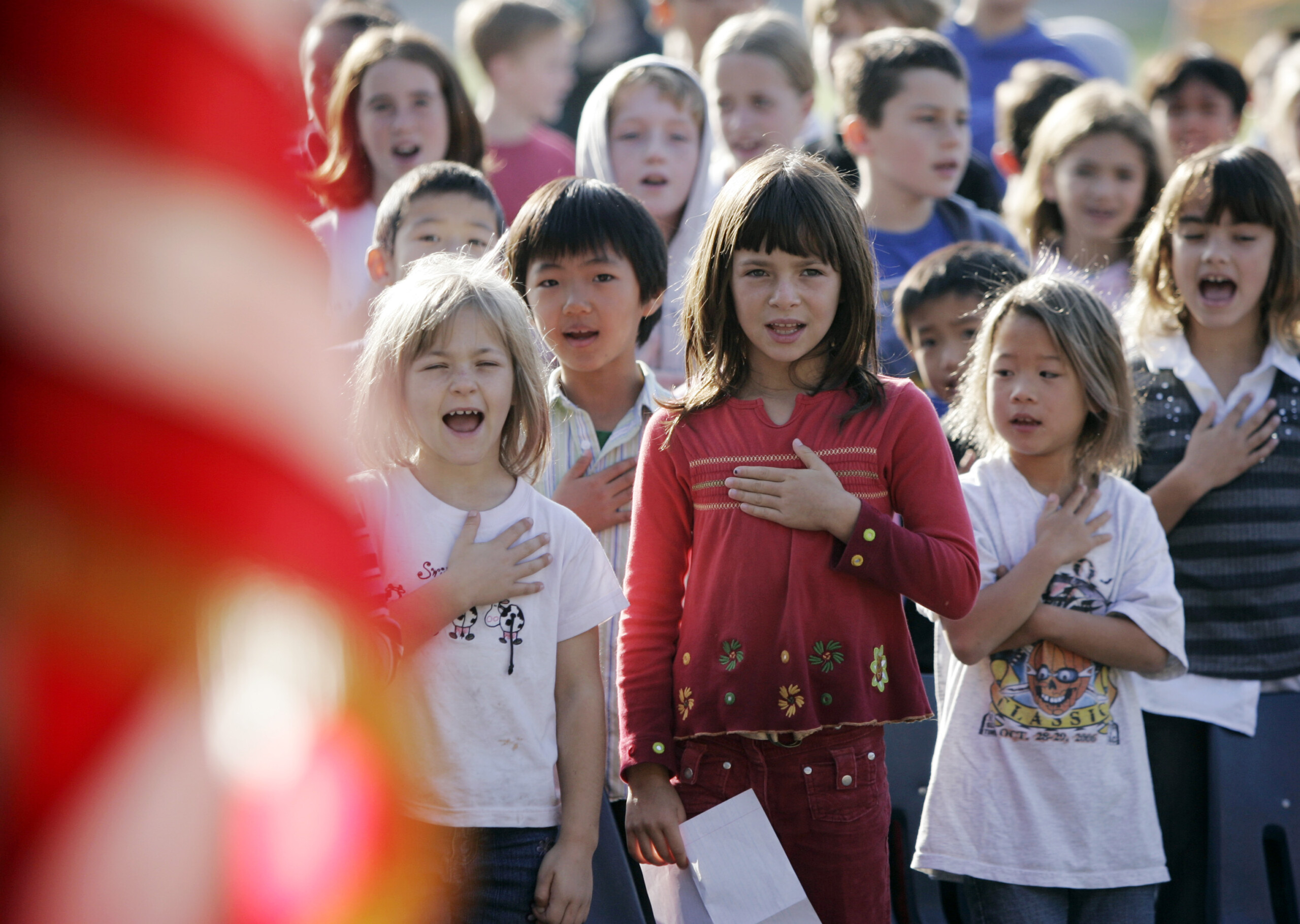

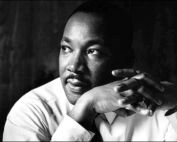


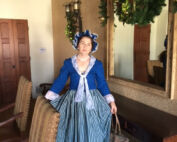

Awesome report Kayleb you done EXTREML WELL!!!
Let me know what you think of this 22 minute presentation of George Rogers Clark, https://www.youtube.com/watch?v=itVP1VDebNM&sns=fb
The George Rogers Clark Documentary filmed in 2012 produced by BSU. Fort LaMotte and their Rangers are featured here as well as five SAR (Sons of the American Revolution) members. It couldn’t have been done without all of your help. This effort is in now educating our children. Clothing and various items were loaned by members of the SAR to make this project a success.